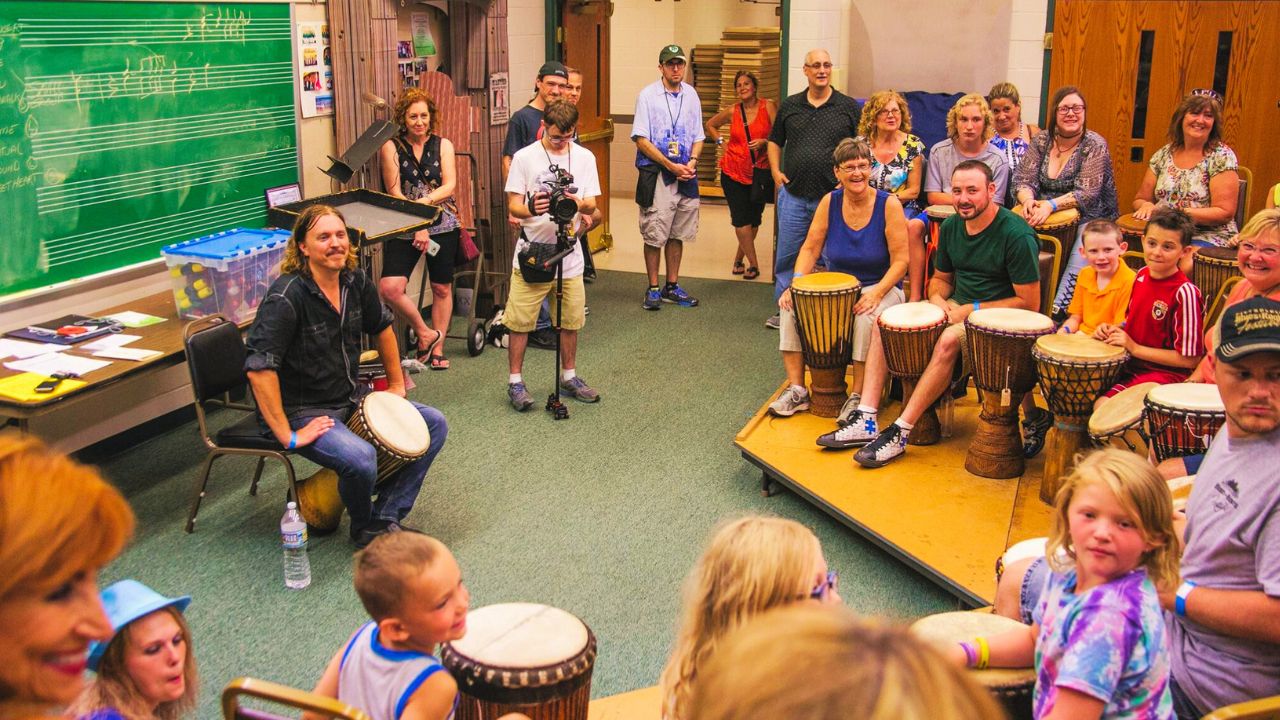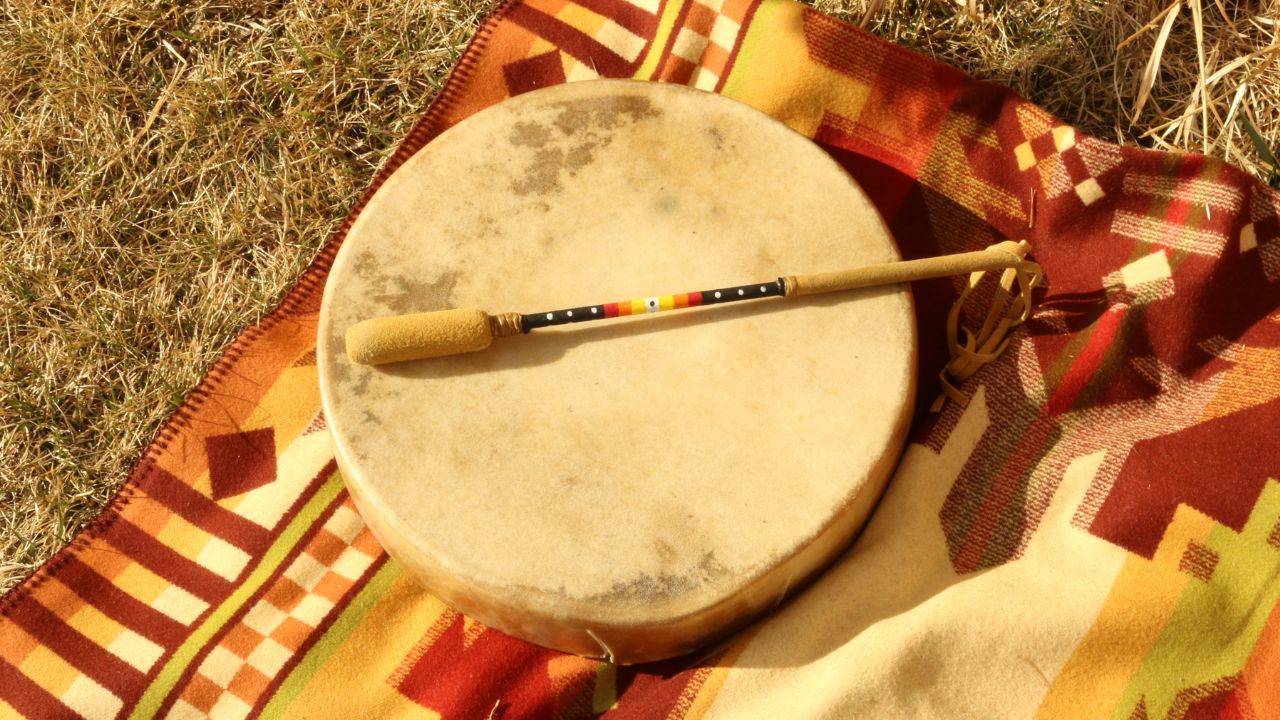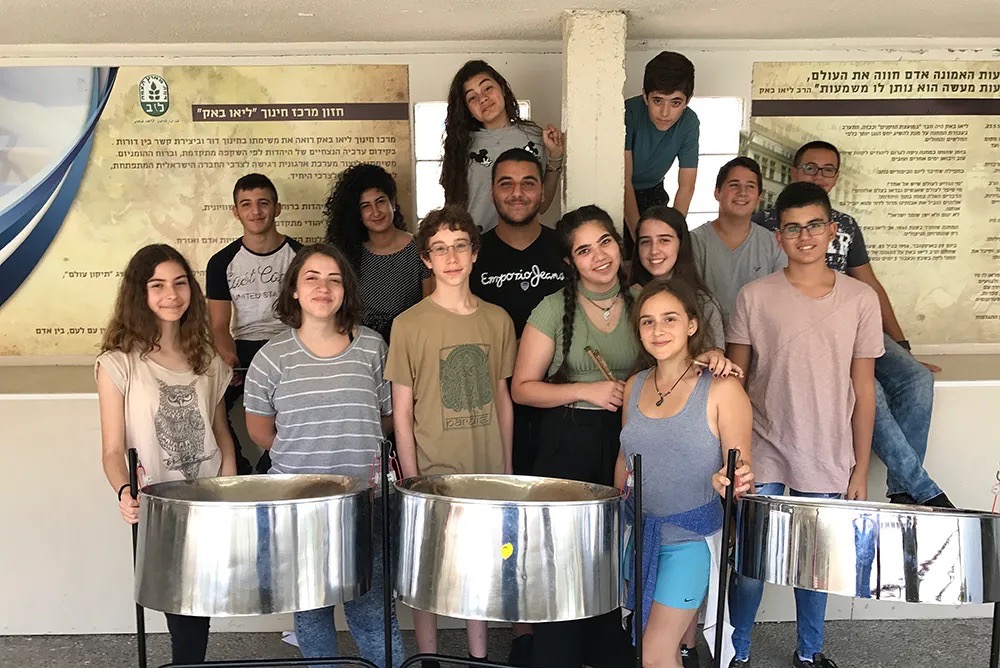How Drum Circles Foster Community and Connection
Aug 11, 2023A live example of Jim Donovan's "Social Circles" drumming circle activity designed to foster social bonding
For centuries, humans have used rhythm as a medium to connect with themselves, nature, and others. Among the most ancient and revered of these rhythmic traditions is the drum circle—a gathering of individuals, each with a drum or another percussion instrument, producing a synchronized and harmonious sound. More than just a musical endeavor, drum circles have proven time and time again to be a potent tool for fostering community and forging deep connections. But how exactly does this rhythmic gathering accomplish such a task?

A Brief History of Drum Circles:
Drum circles have roots in various cultures, spanning continents and eras. From the tribal gatherings in Africa, where drums communicated messages between villages and celebrated life events, to the native tribes of America using them in sacred ceremonies, drumming has always been a social and communal activity. Historically, these circles were not just about music; they were about storytelling, passing down traditions, and coming together as a community.

The Role of Drumming in Different Cultures:
In African societies, drum circles played an integral role in celebrations, rites of passage, and even conflict resolutions. They symbolized unity and harmony. Similarly, in Native American cultures, drumming circles were seen as a connection to the spiritual world, with each beat representing the heartbeat of Mother Earth. Today, in the modern Western world, drum circles have found a place in festivals, therapy sessions, and community gatherings, transcending cultural boundaries and proving that rhythm is a universal language.

The Suprising Psychological Effects of Communal Drumming:
Research has shown that communal drumming releases endorphins, the body's natural painkillers, promoting feelings of happiness and connection. Drumming in a group also produces synchronized brain activity, which enhances feelings of togetherness and shared purpose. This synchronization, known as "entrainment," is believed to promote emotional connections among participants.
One notable example of drum circles bridging divides can be seen in the "Drumming for Peace" initiative, where Israelis and Palestinians came together to drum and connect, putting aside political differences and tensions. In America, drum circles have been used as therapeutic tools for veterans suffering from PTSD, helping them find a sense of community and understanding among their peers.

Photo: Raquel Lazar-Paley
Final Thoughts
In a world often fragmented by borders, beliefs, and biases, drum circles offer a space of unity, acceptance, and genuine connection. They remind us of the primal, rhythmic beat that exists in all of us—a beat that knows no discrimination and seeks only harmony. As more communities embrace this ancient tradition, we move a step closer to a world that values connection over division.
Lead Your Own Transformational Drum Circles
Get this free mini course and lead your first drum circle activity today!
"Hands down one of the best trainings I have ever had!. I learned so much!“
-Sydney A ⭐️⭐️⭐️⭐️⭐️
About Jim Donovan M.Ed.
Jim is a professional musician, trainer, Assistant Professor and Director of Music and Wellness at Saint Francis University and TEDx speaker.
His mission is to share the healing power of music through education and performance. He specializes in placing music and wellness programs in organizations who focus on people with disabilities and people recovering from addiction.
Having presented over 3000+ rhythm and sound based programs since 1999, Donovan works internationally facilitating music and wellness events with a wide variety of populations including corporate, university, people with disabilities, and people recovering from addiction.
Additional On Demand Training Programs by Jim Donovan
Drumming & Disabilities Training
Music and Mindfulness Training
(c) 2023 Jim Donovan Music, All rights reserved.

